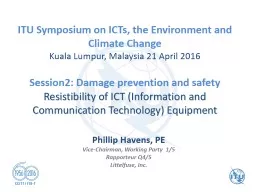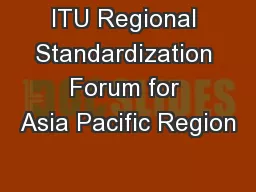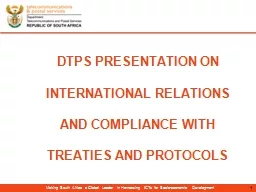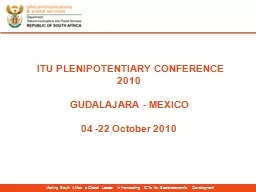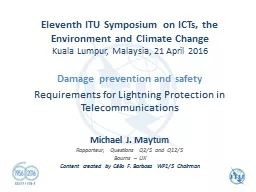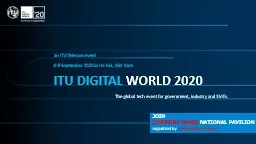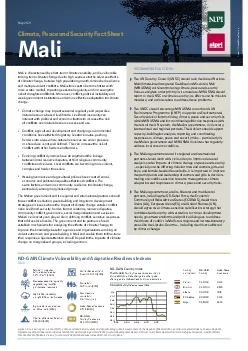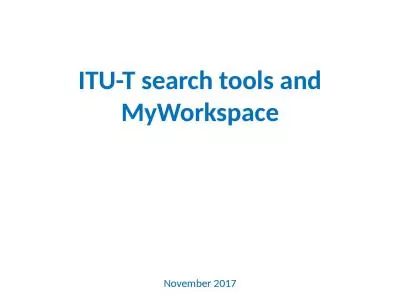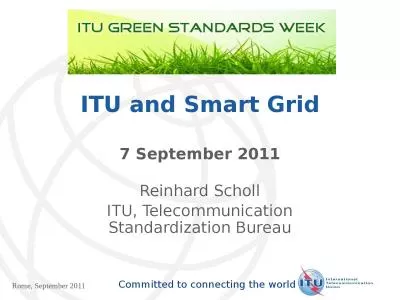PPT-ITU Symposium on ICTs, the Environment and Climate Change
Author : cheryl-pisano | Published Date : 2018-11-04
Kuala Lumpur Malaysia 21 April 2016 Session2 Damage prevention and safety Resistibility of ICT Information and Communication Technology Equipment Phillip Havens
Presentation Embed Code
Download Presentation
Download Presentation The PPT/PDF document "ITU Symposium on ICTs, the Environment ..." is the property of its rightful owner. Permission is granted to download and print the materials on this website for personal, non-commercial use only, and to display it on your personal computer provided you do not modify the materials and that you retain all copyright notices contained in the materials. By downloading content from our website, you accept the terms of this agreement.
ITU Symposium on ICTs, the Environment and Climate Change: Transcript
Download Rules Of Document
"ITU Symposium on ICTs, the Environment and Climate Change"The content belongs to its owner. You may download and print it for personal use, without modification, and keep all copyright notices. By downloading, you agree to these terms.
Related Documents

